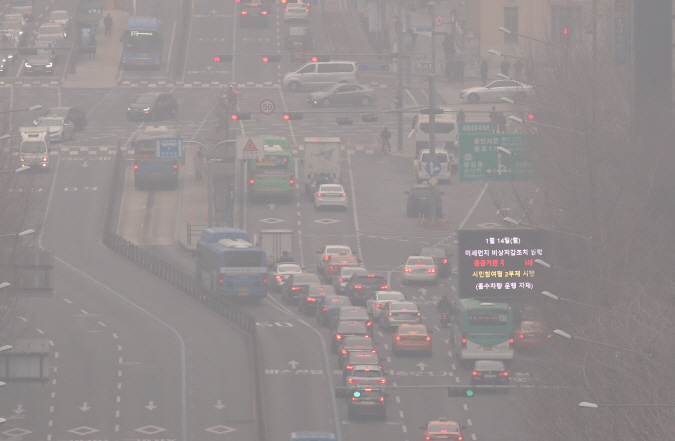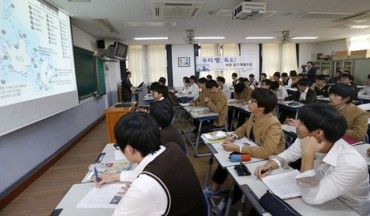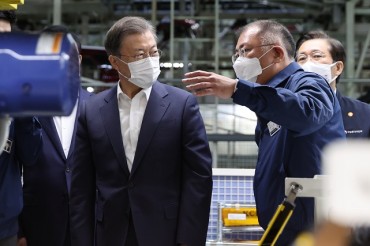
During the Jan. 11-15 period, the level of sulfate peaked at 8.7 times higher than what was recorded between Jan. 1 and 3 in some regions. (image: Yonhap)
SEOUL, Feb. 6 (Korea Bizwire) — External sources accounted for 75 percent of South Korea’s ultrafine dust air pollution in January, a state-run environment agency said Wednesday.
South Korea saw a drastic rise in the average level of ultrafine dust particles, those smaller than 2.5 micrometers in diameter, in between Jan. 11 and 15.
According to the National Institute of Environmental Research (NIER), a think tank under the Ministry of Environment, external sources from China, Mongolia, North Korea and Japan were responsible for 75 percent of ultrafine dust particles in South Korea during that period.
During the Jan. 11-15 period, South Korea’s cubic meter concentration of ultrafine dust was above 36 micrograms, which authorities classify as “bad” air quality.
Although the NIER didn’t specify one nation, considering wind directions and the amount of air emissions, China is presumed to have the largest impact on South Korea’s fine dust level.
“Bands of fine dust accumulated in Northeast Asia were brought into the country because of high atmospheric pressure in the Shandong area in China that created a westerly wind on Jan. 10,” the NIER said.
“With the air current recirculation on the West Sea, additional fine dust flew into South Korea due to high atmospheric pressure in northern China.”
During the Jan. 11-15 period, the level of sulfate peaked at 8.7 times higher than what was recorded between Jan. 1 and 3 in some regions. The level of nitrate was as much as 8.9 times higher.
The NIER said it also found highly concentrated aerosols with fine dust particles nationwide during that period after analyzing data of aerosol optical depth.
The environment ministry said it plans to hold a working-level consultation on fine dust when South Korea, China and Japan hold a trilateral policy meeting on Feb. 20.
“Heavy concentration of particles was reported due to worsening weather conditions in both South Korea and China,” the ministry said. “We’ll pass the analysis result to China and will reinforce cooperation on fine dust research.”
(Yonhap)






